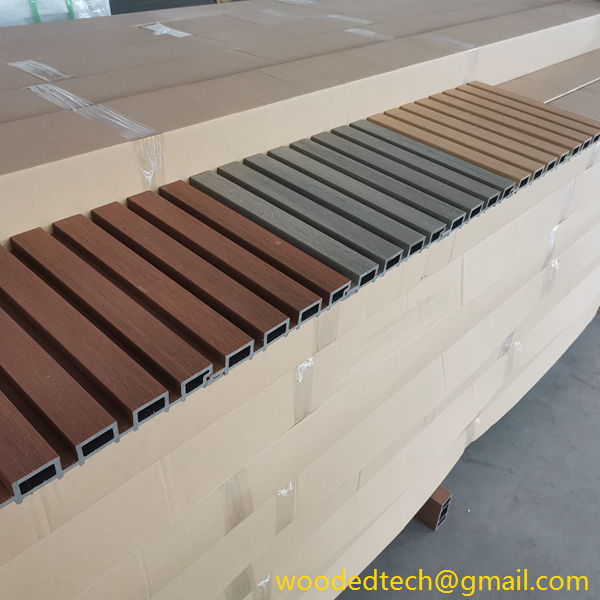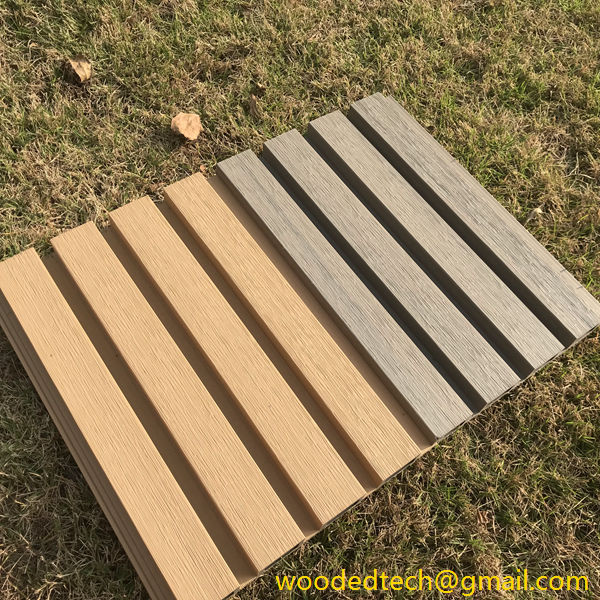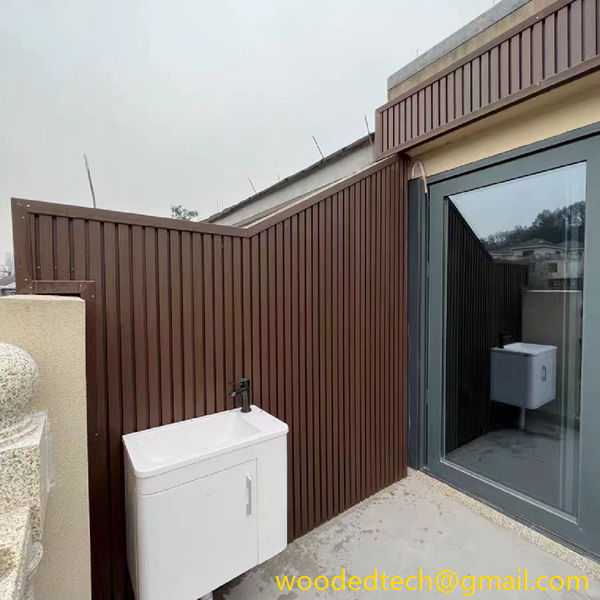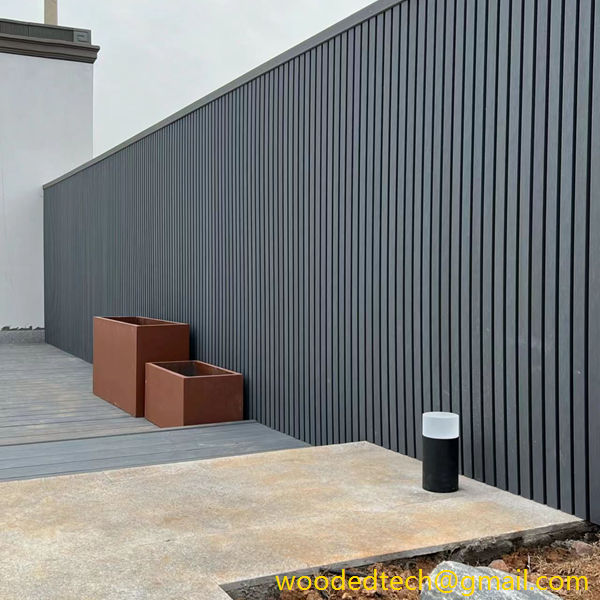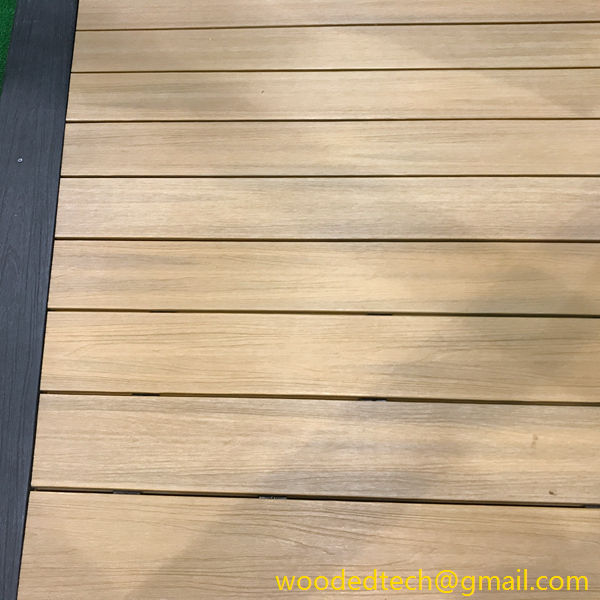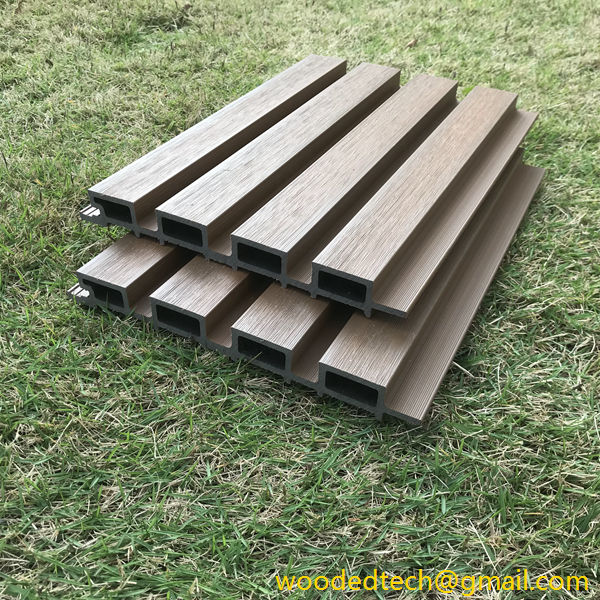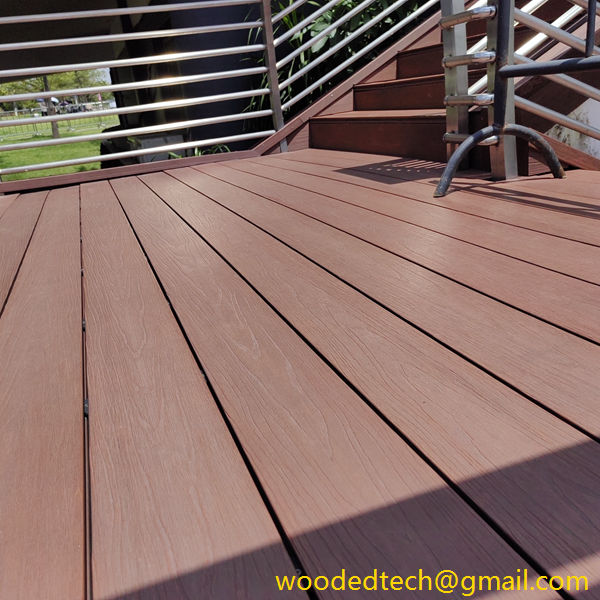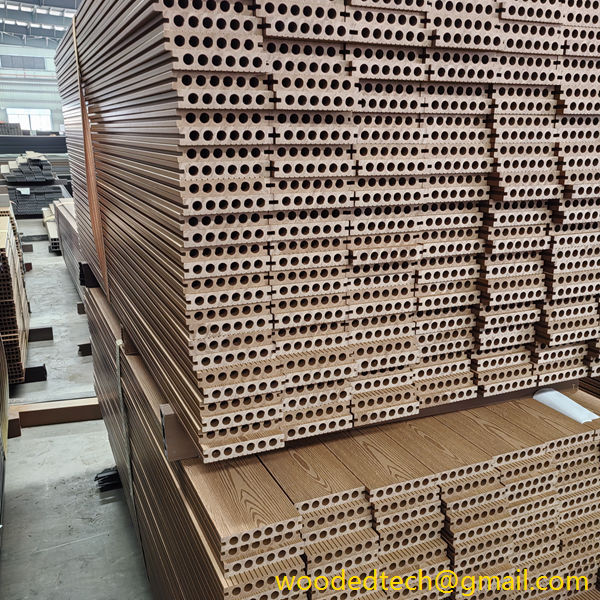Explore the Benefits of WPC Composite Wood Siding for Your Projects
Explore the Benefits of WPC Composite Wood Siding for Your Projects WPC (Wood Plastic Composite) composite wood siding has emerged as a popular choice among builders, architects, and homeowners looking to enhance the aesthetic appeal and functionality of their projects. This innovative material combines wood fibers with plastic, resulting in a product that offers numerous…
Explore the Benefits of WPC Composite Wood Siding for Your Projects
WPC (Wood Plastic Composite) composite wood siding has emerged as a popular choice among builders, architects, and homeowners looking to enhance the aesthetic appeal and functionality of their projects. This innovative material combines wood fibers with plastic, resulting in a product that offers numerous advantages over traditional wood or vinyl siding. In this article, we will explore the benefits of WPC composite wood siding and why it may be the perfect choice for your next project.
One of the most significant advantages of WPC composite wood siding is its durability. Unlike traditional wood siding, which can be susceptible to rot, warping, and insect infestations, WPC siding is engineered to withstand the elements. It is resistant to moisture, which helps prevent mold and mildew from forming, making it an excellent option for areas with high humidity or frequent rainfall. Additionally, WPC siding is not prone to cracking or splitting, ensuring that your investment will last for many years.
Another benefit of WPC composite wood siding is its low maintenance requirements. Traditional wood siding often requires regular painting, staining, or sealing to maintain its appearance and protect it from the elements. In contrast, WPC siding typically only needs occasional cleaning with soap and water to keep it looking fresh. This ease of maintenance allows homeowners and builders to save both time and money in the long run.
WPC composite wood siding is also highly customizable, offering a wide range of design options to suit any aesthetic preference. Available in various colors, textures, and finishes, WPC siding can mimic the look of natural wood while providing the durability of composite materials. This versatility makes it an ideal choice for a variety of architectural styles, whether you are working on a modern home, rustic cabin, or commercial building. The ability to customize the appearance of your siding means that you can create a unique look that reflects your personal style or brand identity.
In addition to its aesthetic versatility, WPC composite wood siding is also environmentally friendly. Many manufacturers produce WPC products using recycled materials, which helps reduce waste and minimize the demand for virgin resources. Furthermore, the production of WPC siding typically requires less energy compared to traditional wood siding manufacturing processes. By choosing WPC composite wood siding, you are making a sustainable choice that benefits both the environment and your community.
Another notable advantage of WPC composite wood siding is its resistance to fading and discoloration. Traditional wood siding can lose its vibrancy over time due to exposure to sunlight and harsh weather conditions. WPC siding is designed to resist fading, ensuring that your exterior remains visually appealing for years to come. This long-lasting color retention not only enhances the overall appearance of your property but also helps maintain its value.
The installation of WPC composite wood siding is often faster and more straightforward than that of traditional wood siding. Many WPC products are designed with interlocking systems that allow for easy and efficient installation. This can significantly reduce labor costs and project timelines, making it an attractive option for contractors and builders. Additionally, the lightweight nature of WPC siding makes it easier to handle and transport, further streamlining the installation process.
WPC composite wood siding also offers excellent thermal insulation properties. The combination of wood fibers and plastic creates a material that helps regulate temperature, keeping homes cooler in the summer and warmer in the winter. This energy efficiency can lead to lower heating and cooling costs, making WPC siding not only a stylish choice but also a financially savvy one for homeowners.
Safety is another critical consideration when choosing siding materials. WPC composite wood siding is often manufactured with fire-resistant properties, providing an added layer of safety for your home or building. This fire resistance can be particularly beneficial in areas prone to wildfires or where building codes require specific safety measures. By choosing WPC siding, you can have peace of mind knowing that you are taking steps to protect your property.
In conclusion, WPC composite wood siding offers a multitude of benefits that make it an exceptional choice for a variety of projects. Its durability, low maintenance requirements, and customizable design options cater to the needs of homeowners and builders alike. Additionally, its eco-friendly nature, resistance to fading, and energy efficiency further enhance its appeal. With its ease of installation and fire-resistant properties, WPC composite wood siding stands out as a modern and practical choice in the world of construction and design. By considering WPC siding for your next project, you are investing in a material that not only elevates your property’s aesthetic but also contributes to its long-term value and sustainability.

